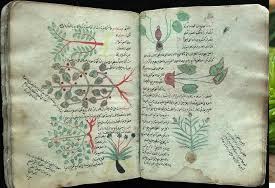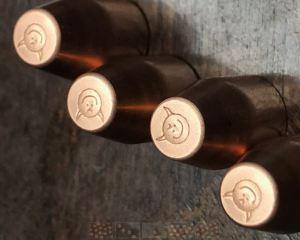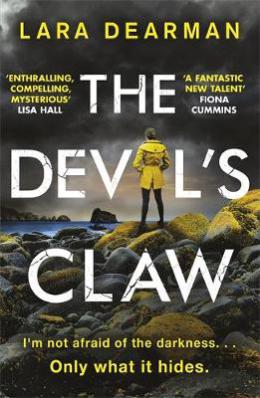An essential oil contains volatile aroma compounds from plants concentrated into hydrophobic liquid. Other names for Essential oils are volatile oils, ethereal oils, aetherolea, or simply named after the plant that they were extracted from, such as oil of clove, or clove oil.
Essentially it is the essence of a plant’s fragrance, which is extracted from the plant. Most of the Essential oils in use today are extracted by distillation, most often steam. Other processes that are used include expression, solvent extraction, and enfleurage.
Essential oils have many uses from perfumes, cosmetics, soaps and various health products, Also for food and drink flavoring, and for adding scent to household cleaning products and incense.
Ibn al-Baitar (1188–1248) is believed to be the first recorded user of Essential Oils having written methods and techniques of the use and production. Ibn al-Baitar an Al-Andalusian Physician, botanist, pharmacist and scientist, and was appointed chief herbalist in 1224 under the service of the Sultan of Ayyubid (a Sunni Muslim dynasty of Kurdish origin),Al-Kāmi.


The benefits of Essential oil comes from the antioxidants, antimicrobials and the anti-inflammatory properties. Healing oils are growing rapidly in popularity the natural medicine which has no side effects and is readily available to everyone, you can even make your own at home. And more and more people are ready to harness the power of the most proven therapeutic products.

As mentioned there are many uses for Essential Oils and having spent some time researching I felt that some blogs might help you if that is what you wish to use the oils for, It all depends on you, what you need and what you feel your capable of.
To Help with hair growth, and manage hair loss.
For muscle pain Lemongrass oil is great used externally although there are internal bemefits too.
For your different Moods and Stress Jasmine is a workhorse.
And for those that have not heard of the little known Ylang Ylang and its properties take a peek.


Top Notes:
Are the light and fresh smelling oils, in a blended perfume Its these light airy notes that you detect first. They are also the most volatile.
The lite note Oils are Lemon, Lime, Bergamot, Mandarin, Spearmint and Peppermint
Middle Notes:
Are what the main body of a perfume is made from they are the stronger scents that hold in your nose for a long period and you’ll notice them appearing in a blended perfume when the top notes dissapear.
The Middle notes are Clary Sage, Cedarwood, Lavender, Geranium, and Rosemary.
Base Notes:
The rich and heavy notes which form the base of a blended perfume, and are the last to be detected are used as a fixative to the top and middle notes, It all goes to helping them to keep the aroma for longer.
Base notes are Frankincense, Neroli, Jasmine, Rose, Patchouli, Vanilla, Sandalwood, and Ylang Ylang

Some Modern workshops rather than refer to essential oils by their names ie jasmine or Rose, they are named after specific chemical compounds of which the essential oils are composed. For example: methyl salicylate rather than “oil of wintergreen”.
Advertisements Share this:




